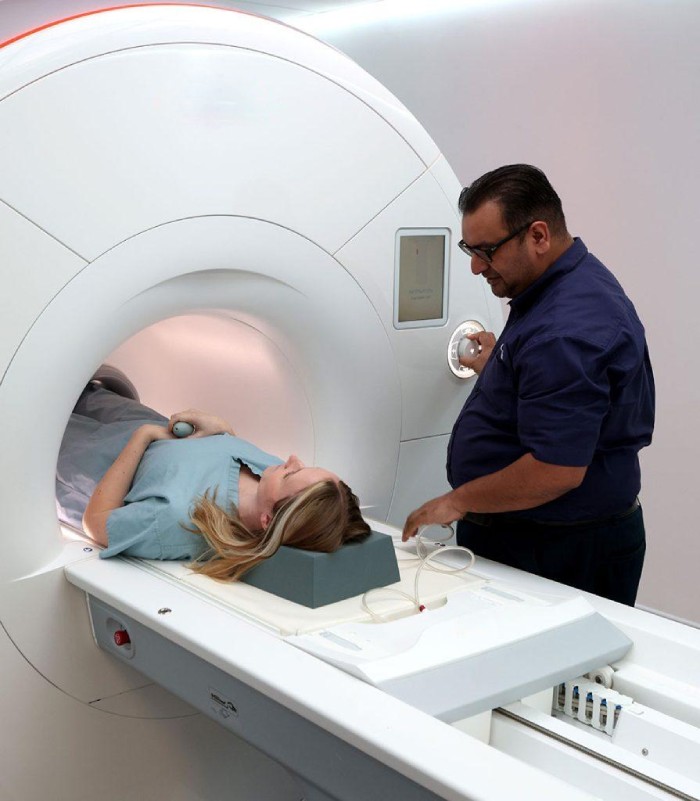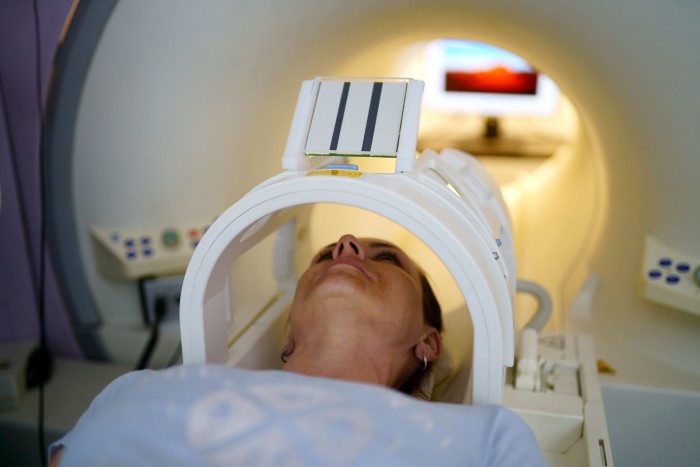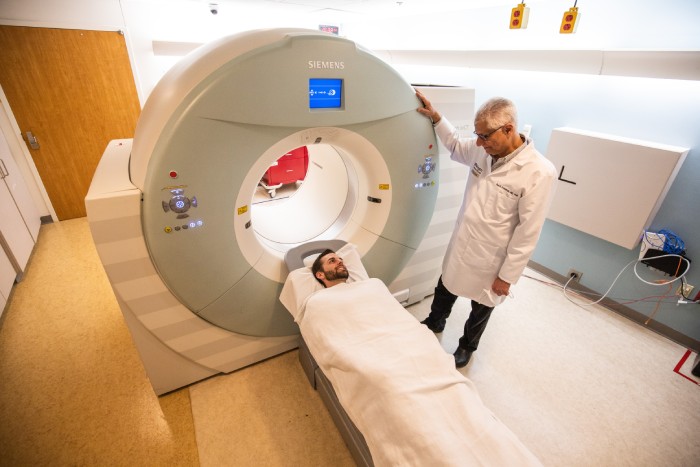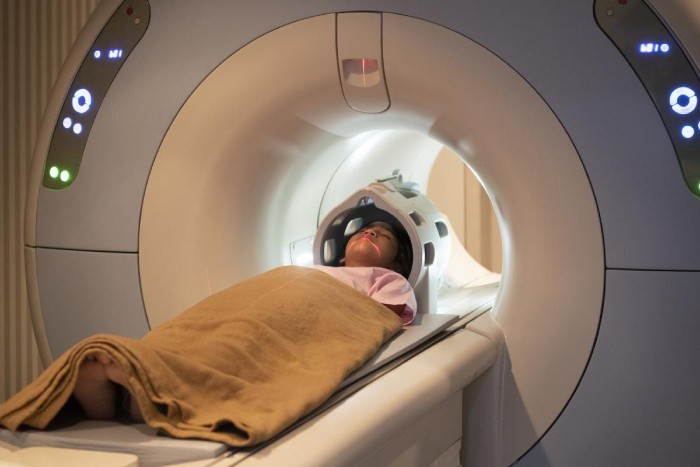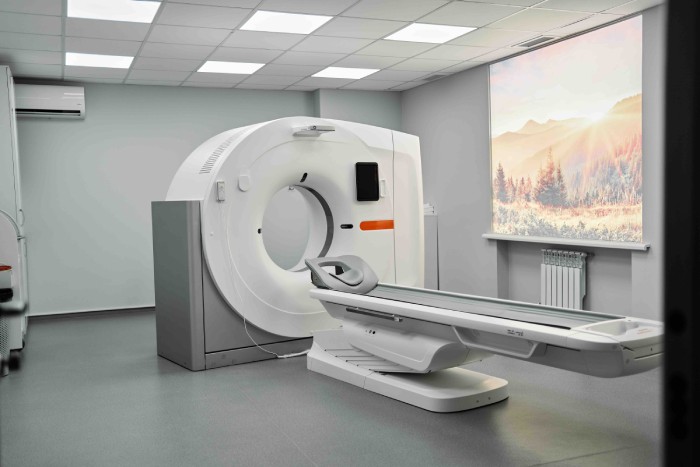Colour Doppler
Colour Doppler is a medical imaging technique used to visualize and assess blood flow patterns within the body. It is an extension of the Doppler effect, which describes the change in frequency of sound or light waves when they are reflected or transmitted by a moving object.
Key points about Colour Doppler include:
- Principle: Colour Doppler is based on the Doppler effect, which measures the change in frequency of sound or light waves when they encounter moving objects like blood cells.
- Visualization of Blood Flow: Colour Doppler allows real-time visualization and assessment of blood flow patterns within the body.
Why Colour Doppler are helpful?
- Rapid Assessment: Colour Doppler provides immediate feedback by assigning colors to blood flow. This enables healthcare professionals to quickly identify abnormal blood flow patterns, such as blockages, stenosis (narrowing), or abnormal flow velocities.
- Non-invasive and Safe: Colour Doppler is a non-invasive imaging technique that uses sound waves instead of ionizing radiation. It is generally safe, widely available, and can be performed repeatedly without any known risks or side effects.
Preparation:
- Academic foundation: Start by completing a strong educational foundation. Focus on subjects such as biology, chemistry, physics, and mathematics during high school. These subjects will provide a solid base for understanding the medical and scientific principles that underpin cardiology.
- Pre-medical studies: After high school, pursue a bachelor’s degree in a science-related field, such as biology, biochemistry, or physiology. It’s essential to maintain a high GPA and take courses that fulfill pre-medical requirements, including anatomy, physiology, genetics, and organic chemistry. Some universities offer pre-medical tracks specifically tailored for aspiring medical professionals.
Procedure:
- Consultation: Prior to the examination, you may have a consultation with your healthcare provider or the imaging technician. They will explain the procedure, discuss the reasons for the examination, and address any questions or concerns you may have. It’s important to inform them about any relevant medical history, allergies, or medications you are taking.
- Clothing: You may be asked to wear loose and comfortable clothing for the procedure. It’s advisable to wear a two-piece outfit that can be easily removed or adjusted as needed during the examination.
Safety:
- Non-Ionizing Radiation: Colour Doppler uses ultrasound waves to create images, which are a form of non-ionizing radiation. Unlike ionizing radiation, such as X-rays, ultrasound waves do not have the potential to cause DNA damage or increase the risk of cancer.
- No Known Side Effects: Colour Doppler is generally well-tolerated by patients, and there are no known harmful side effects associated with the procedure. It is considered safe for people of all ages, including pregnant women and infants.
Diagnostic Applications:
- Vascular Evaluation
- Cardiac Assessment
- Obstetrics and Fetal Medicine
- Abdominal and Pelvic Imaging
- Evaluation of Transplants
- Peripheral Vascular Disease
- Neurovascular Assessment
- Musculoskeletal Injuries
These are just a few examples of the diagnostic applications of Colour Doppler. The technique’s versatility and ability to provide real-time visualization of blood flow make it a valuable tool in diagnosing and monitoring various conditions related to blood vessels, the heart, and other organs. The specific use of Colour Doppler depends on the clinical indication and the area of the body being evaluated.
